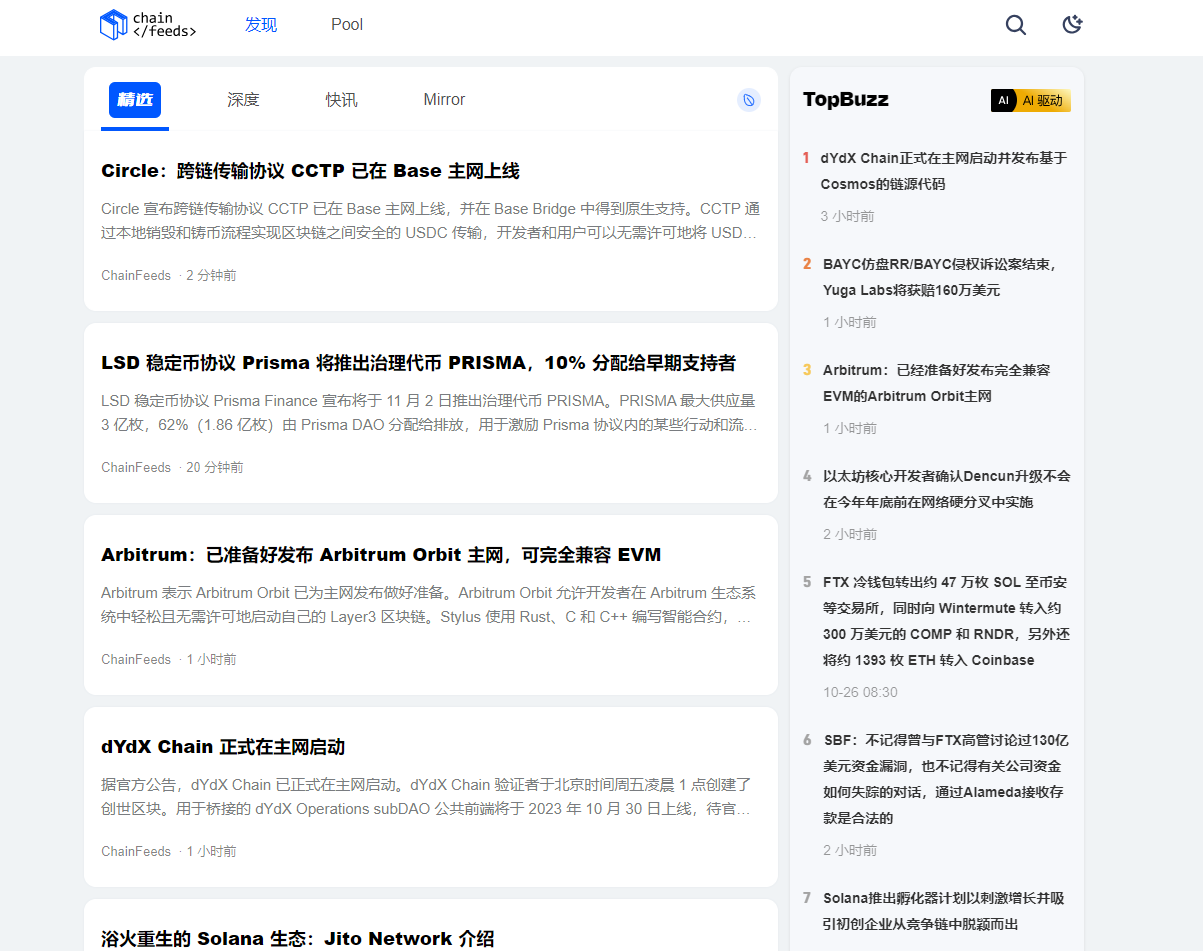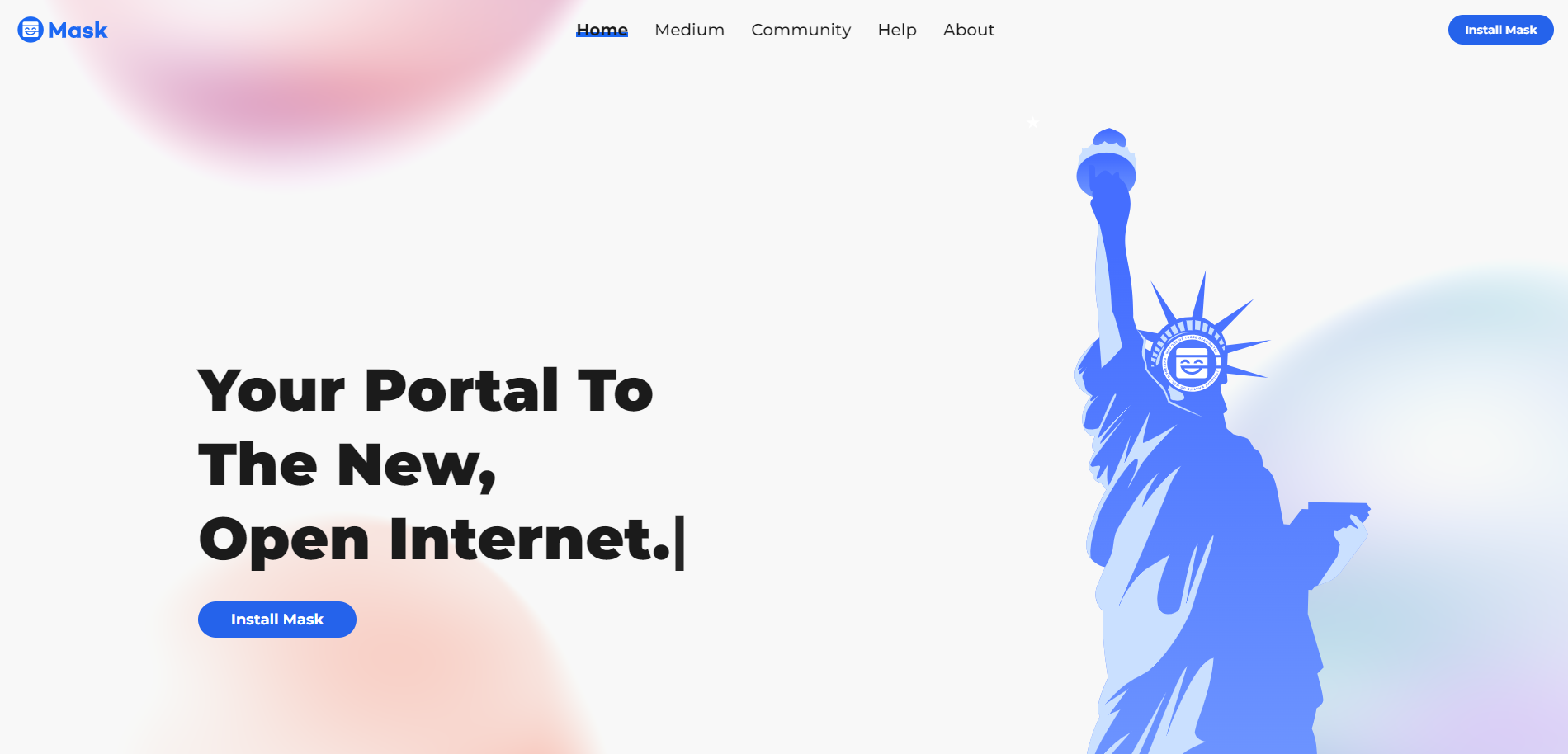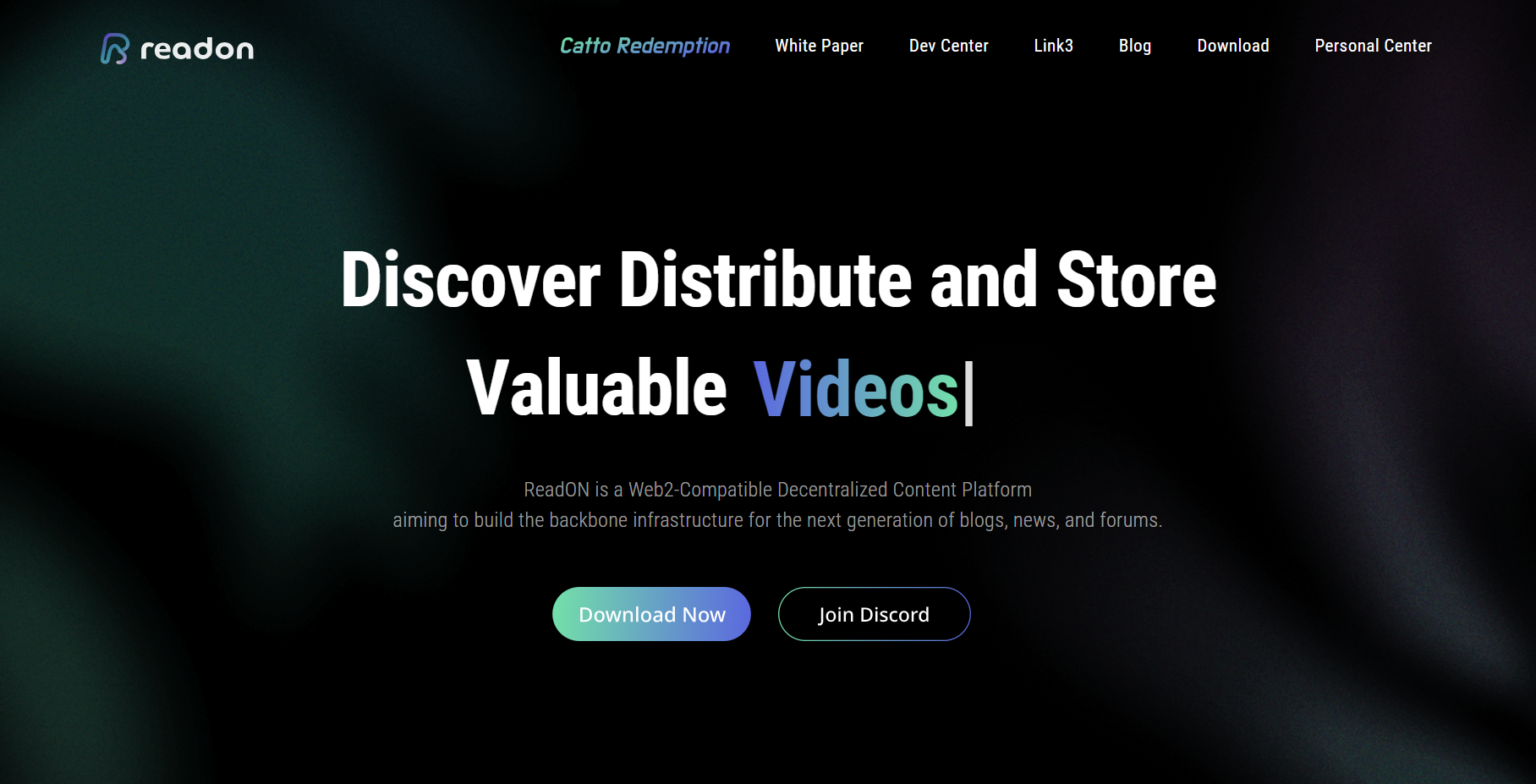What is Bridge Layer? Bridge Layer is a project layer that combines Web2 and Web3 with the aim of serving as a bridge to bring users closer to Web3. So what’s special about Bridge Layer? Let’s find out with Weakhand in this article.
Before entering this article, you can refer to some of the following articles to understand better.
- What is SocialFi? Top 5 most prominent SocialFi projects today
- Development stages of Social Network: From Web2 towards Web3
- What is Web3? Advantages and disadvantages of Web3
Web2 Versus Web3
We are entering an era where connectivity between Web2 and Web3 is quite important. Certainly at this time, Web3 is just getting started and Web2 is still what the majority of businesses and users are using. However, with the outstanding features that Web3 brings, many predict that within the next ten or fifteen years, most industries will be transformed thanks to the development of Web3 in the same way that the Internet was. before.
In the coming years, we can expect the online world to move towards a combination of Web2 and Web3 to bring users the most unique Web experiences. Basically, most users won’t care if they’re using Web2 or Web3 as long as they get the best experience. At the present time, Bridge Layer can be considered the first foundation in the process of bringing users towards Web3, let’s find out.
What is Bridge Layer?
Bridge Layer is a project layer built as a mixture of Web2 and Web3, not only to satisfy users’ habits of using Social products in Web2, but also to act as a bridge for users to enter. the world of Web3.

What is Bridge Layer?
Projects in Bridge Layer all have the characteristic of using the existing infrastructure of Social Web2 to develop their applications. This can be taking advantage of major social networking applications at the present time such as: Facebook, Twitter, …. to expand and develop additional features for Web3, use centralized storage and develop social networking applications similar to Web2,… so essentially the applications in this layer are not decentralized, but in return they will bring a sense of familiarity and help Web2 users more easily access the Web3 space.
Top 3 Top Bridge Layer Projects
To better understand Bridge Layer’s position in SocialFi’s position, let’s learn about the top 5 Bridge Layer projects on the market today.
Chainfeeds

Chainfeeds
Chainfeeds is a platform that aggregates information from various platforms both on-chain (e.g. Mirror) and off-chain (e.g. Twitter). Therefore, Chainfeeds can quickly organize and synthesize information from a professional perspective, helping users quickly discover and grasp new Web3 trends.
Chainfeeds was developed by former Research director at Chainnews Pan Zhixiong and MaoDAO founder Xiaomao. In addition, Chainfeeds also received investments from many venture capital funds including A&T Capital, SevenX and Puzzle Ventures.
Unique features appearing on Chainfeeds include:
- Content on Chainfeeds is divided into different modules such as: Featured information, in-depth news, news and mirrors to address different information needs for different users.
- Mobile users can download the file with the “.opml” suffix and import it into the RSS reader NetNewsWire contains over 500 feeds, but currently NetNewsWire is only available for iOS operating systems.
- Learn and know more about in-depth researchers in Web3, KOLs, web3 communities,…
Despite providing a huge information aggregation platform in the Crypto market, Chainfeeds also has some of the following disadvantages:
- First, the weakness of most Bridge Layer applications at the moment is that all data sources are stored on a centralized server, so this data can be attacked at any time. any time by hackers.
- Second, Chainfeeds does not support search functionality, so users can only passively get information from the Chainfeeds platform provided.
- Finally, Chainfeeds does not support personal accounts, so users cannot save their favorite articles or categorize and save articles according to their categories.
Mask Network

Mask Network
Mask Network is a project built as an extension that allows users to use popular Web2 social networking platforms such as Twitter, Facebook or Instagram with additional interesting and unique features in Web3.
Mask Network was founded in 2017 by Suji Yan and launched its first version in July 2019. Up to now, Mask Network has gone through a total of 5 capital raising rounds with a total of 53M USD from many large investment funds such as: Binance Labs, Haskey Capital, Animoca Brands,…
In terms of products, Mask Network offers a number of unique features such as:
- Encode: Mask Network allows encrypting Posts on Twitter or Facebook before receiving and decrypting received Posts so users can read them. This will bring a more secure feeling to users when using Twitter or Facebook.
- Crypto Trading: With Mask Network, users can now view prices and trade crypto assets on their own social networking platform.
- Tip function: DoNow with Mask Network, users can also tip (donate) to other content creators through their Posts.
- Gitcoin donations: This function, jointly implemented by Mask Network and Gitcoin, allows users to donate directly to projects on Gitcoin without leaving the Twitter platform.
- In addition to the above outstanding functions, Mask Network also provides a number of other functions such as: buying, selling and trading NFTs, setting NFTs as avatars on Twitter,…
Mask Network has taken a very smart direction by relying on Social Web2 platforms to develop more Web3 features, thereby taking advantage of the large and available user base of Facebook or Twitter.
ReadON

ReadON
ReadON is a content distribution platform based on a variety of popular topics on both Web2 and Web3 that aims to introduce the world of Web3 to Web2 users. At ReadON, I see two unique points as follows:
- Addressing barriers to entry: Web3 projects often require users to own a personal wallet (Metamask, Trust Wallet,…) to participate in their platform. Creating a wallet is one of the first challenges Web2 users encounter when entering the Web3 world. Therefore, ReadON has launched the MPC Wallet solution that allows Web2 users to log in to ReadON using familiar login methods such as: Email, phone number, Google account, Facebook,… This provides a The login process is friendlier and more accessible for all users.
- Solve the storage problem: ReadON used Arweave for decentralized data storage to protect users from hacking and data loss common in Web2 social networking platforms.
summary
Bridge Layer is a component to bring even more Web2 users into the Web3 world. Above is all the information I want to introduce about Bridge Layer, hope everyone has received useful knowledge.


